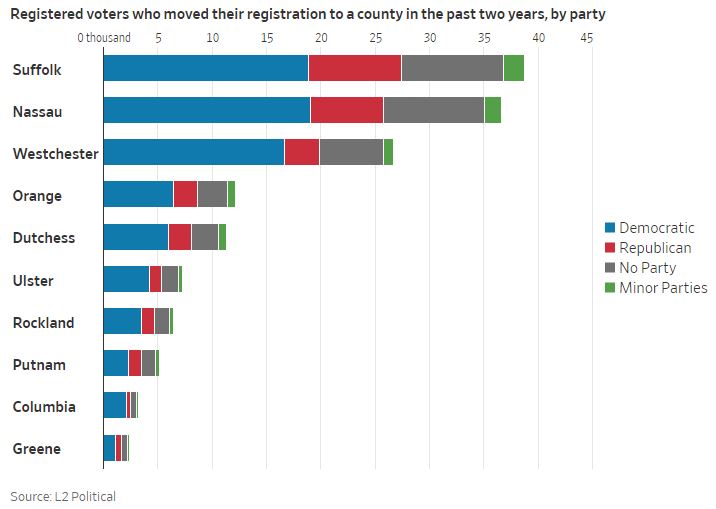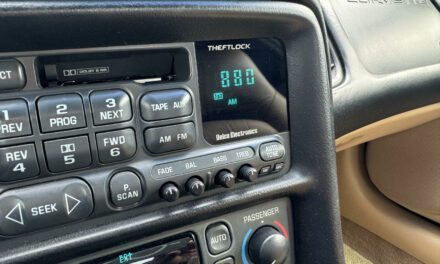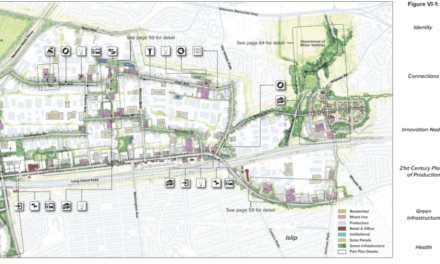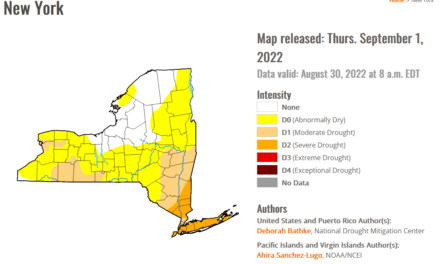The following are quick hits of editorial analysis from The Foggiest Idea on the local and regional developmental issues that matter. For more, be sure to LIKE TFI on Facebook.
By Richard Murdocco
November 2nd, 2020
According to the latest reports in the Wall Street Journal, the coronavirus pandemic has shifted the electoral composition of New York’s suburbs as city residents increasingly change their voter registrations to suburban districts.
The Foggiest Idea‘s Take: As tends to be the norm in suburban locales, broader national events have shifted the political dynamics that are felt locally. Based on the data, the trend lines primarily favor Democrats – a shift that potentially tips the scales to their advantage in local races. Overall, the Long Island region tends to have fleeting political allegiances on the national level.
As Lawrence Levy, executive dean of the National Center for Suburban Studies at Hofstra, told WSJ, “If Long Island is the quintessential swing suburb, it tells you that these places between city and country have been trending from reliably red to blue. What’s happening this year has accelerated the trend.”
A SHOCKING PRICE TAG TO BURY THE ELECTRIC LINES
According to estimates compiled by the Long Island Power Authority, the cost to bury all of the region’s overhead electrical lines is $10 billion. The authority estimates that the process would take a total of 35 to 69 years, and reduce the duration of outages from eight days to 5.6.
Meanwhile, burying just 25% of the region’s wires is pegged to cost $1.6 billion, take five to 11 years, and reduce the eight-day period of outages to 7.4 days. Burying 50% would cost $4.5 billion and reduce outage times from eight days to 6.9 days. (Source: Lane Filler, as written in Newsday‘s The Point, September 24, 2020)















